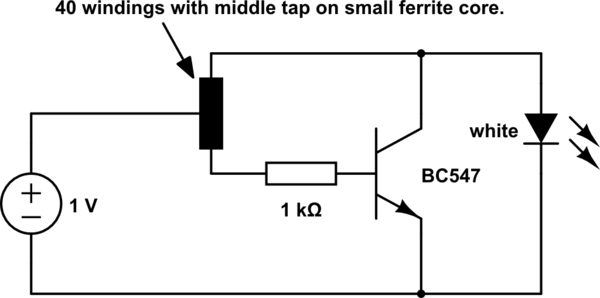I would like to power a white LED from batteries.
The LED I'd like to use has a forward voltage of 3.3V, the datasheet specifies the voltage range from minimum 2.8V to maximum 3.8V.
My idea is to use 1.5V AA or AAA batteries to power the LED, I don't want to use Lithium batteries for this project. I'm open to alternative suggestions though, if they would fit the project better. I'm aiming for a long battery life though, so no button cells.
If I use 2 batteries, I get 3V - this would be in the allowed range, but very close to the lower limit of 2.8V. As soon as both batteries drop to 1.4V, I'm out.
If I use 3 batteries, I get 4.5V and therefore a much greater voltage range that I can work with, but I have to get rid of something between 3 * 1.5 - 3.3 = 1.2V and 3 * 1.3 - 3.3 = 0.6 V.
I see several options here:
Just go with a fixed resistor and drop 1.2V. Works fine when the batteries are fully charged, LED will become dimmer over time until the batteries reach (2.8 + 1.2) / 3 = 1.33V
Use a buck converter to convert 4.5V to 3.3V. I'm not very experienced with buck converters and all items that my local electronics supplier has stocked that have a output voltage of 3.3V need at least 6V input voltage. I don't mind cramming more batteries in there, but does that give me any advantage?
I guess that using a buck converter should give me a steady supply of 3.3V as long as the converter has any input voltage above a certain treshold, so I'd not experience any LED dimming. Is that correct?
Use a linear regulator. Researching my question I found some answers that said something like "a linear regulator is fine, because you don't have much voltage to drop". Usually those questions where about micro controllers though and had a power consumption of some hundred µA. Would using a linear regulator work with a LED that has a power consumption of 20 or 30 mA?
Can you give me some advice which solution I should follow or am I going in the totally wrong direction? Would those solutions still work if I would want to power two or three LEDs with identical specifications?

